
Keynote Speakers
Keynote Speakers

Prof. Yang Yue, Xi'an Jiaotong University, China(Fellow of SPIE)
岳洋教授,西安交通大学
Yang Yue received the B.S. and M.S. degrees in electrical engineering and optics from Nankai University, China, in 2004 and 2007, respectively. He received the Ph.D. degree in electrical engineering from the University of Southern California, USA, in 2012. He is a Professor with the School of Information and Communications Engineering, Xi'an Jiaotong University, China. Dr. Yue’s current research interest is intelligent photonics, including optical communications, optical perception, and optical chip. He has published over 260 journal papers (including Science) and conference proceedings with >10,000 citations, six edited books, two book chapters, >60 issued or pending patents, >200 invited presentations (including 1 tutorial, >30 plenary and >50 keynote talks). Dr. Yue is a Fellow of SPIE, a Senior Member of IEEE and Optica. He is an Associate Editor for IEEE Access and Frontiers in Physics, Editor Board Member for four other scientific journals, Guest Editor for >10 journal special issues. He also served as Chair or Committee Member for >100 international conferences, Reviewer for >70 prestigious journals.
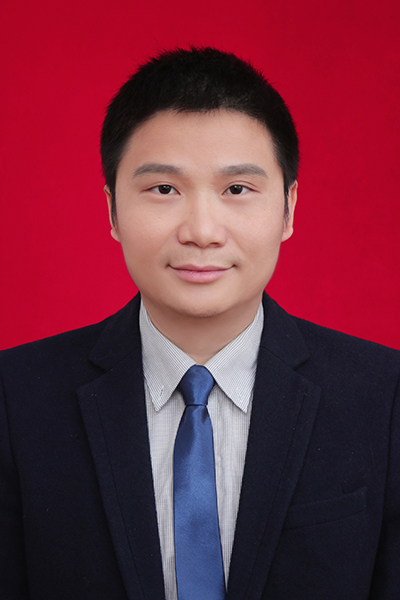
Prof. Jining Liu, Hunan Normal University, China
刘金平教授,湖南师范大学
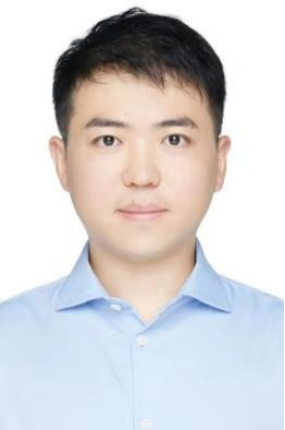
Prof. Lei Chen, Shandong University, China
Lei Chen received the B.Sc. and M.Sc. degrees in electrical engineering from Shandong University, Jinan, China, and the Ph.D. degree in electrical and computer engineering from University of Ottawa, Ontario, Canada. He is currently an Associate Professor with the School of Information Science and Engineering, Shandong University, China. His research interests include image processing and computer vision, visual quality assessment and pattern recognition, machine learning and artificial intelligence. He was the principal investigator of projects granted from the National Natural Science Foundation of China, National Natural Science Foundation of Shandong Province, China Postdoctoral Science Foundation, etc. He has published more than 40 papers on top international journals and conferences in recent years including IEEE TIP, Signal Process., ICME, etc. He was awarded the Future Plan for Young Scholars of Shandong University. He served for many international conferences including the ICIGP 2021, IoTCIT 2022, MLCCIM 2022, ICCEE 2023 as Program Chair, Technical Chair or Publicity Chair.
2023:
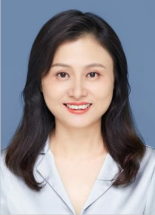
Prof. Ping Lu, Huazhong University of Science and Technology, China
鲁平教授,华中科技大学
Title:Photoacoustic Demodulation Technology
Abstract: Due to their overwhelming advantages over traditional electro-acoustic sensors, optical acoustic sensors have attracted great attention in many fields. This paper introduces the latest research achievements of our research group in weak sound signal detection technology. The team investigated diaphragm based Fabry-Perot acoustic sensors as well as cantilever beam based photoacoustic sensors, including gold, aluminum, titanium, graphene and microelectromechanical system (MEMS) based silicon nitride diaphragms. High precision acoustic signal detection technology and sensitivity enhancement technology based on phase demodulation will be emphatically introduced. Including ellipse fitting, line fitting and other techniques.
Experience: Central China distinguished Scholar distinguished professor, third-class professor, doctoral supervisor. Project leader of national Key RESEARCH and development Program. Senior member of OSA, Senior member of IEEE, President of IEEE Women Engineers Wuhan Branch, senior member of Chinese Optical Society. He has won the second prize of National Science and Technology Progress award, the second prize of Hubei Province Science and Technology Invention Award, the first prize and second prize of Science and technology award of China Communication Society, the first prize of Science and Technology Innovation Award of China Optical Engineering Society, etc. He has won the award of "Three Talents", "top Ten Young Teachers" and the title of "Excellent Communist party member". He has been invited as chairman of international conference sub-committee, member of technical procedure Committee and invited to give special report. The course "Optical Fiber Optics" was awarded "National Excellent Course" and "National Excellent Resource Sharing Course", and the teaching research results were awarded the first prize of National Teaching Achievement and hubei Provincial Teaching Achievement. In the past five years, he has published more than 80 papers, applied for more than 30 national invention patents and authorized more than 20. A number of scientific research achievements through identification.
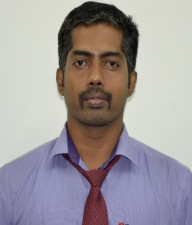
Prof. KANNIMUTHU SUBRAMANIYAM, Anna University, Chennai, India
Title: Analysis of Deep Learning and its roles in Machine Vision
Abstract:
Digitalization is firmly entrenched in industrial production, with processes becoming increasingly automated as part of the Industrial Internet of Things (IIoT). Various machines and robots perform more routine production tasks in the IIoT, also known as Industry 4.0. Machine vision technology for automated visual inspection is becoming more accessible and capable thanks to artificial intelligence, specifically machine learning via deep learning. Deep learning mimics how the human brain processes visual input, but with the speed and robustness of a computerised system. The technology ensures quality in the manufacturing industry while also controlling production costs and improving customer satisfaction.
Deep-learning technologies and convolutional neural networks (CNNs) from the field of artificial intelligence (AI) are making their way into machine vision to assist image-processing systems in learning and distinguishing between defects, making identification processes more precise. Traditional image processing and analysis are still used to locate regions of interest within images, which speeds up the overall process and makes it more robust.
CNNs must first be trained before they can be used for deep learning. This training process relates to the object's external features, such as colour, shape, texture, and surface structure. Based on these properties, the objects are classified and allocated more precisely later. A developer must laboriously define and manually verify the individual features in traditional machine vision methods. However, self-learning algorithms are used in deep learning to automatically find and extract unique patterns in order to differentiate between specific classes. In this session, Deep Learning and its roles in Machine Vision are investigated extensively. Real world case studies such as Image classification and Defect detection are discussed in this session.
Experience: Kannimuthu Subramaniyam is currently working as Professor in the Department of Computer Science and Engineering at Karpagam College of Engineering, Coimbatore, Tamil Nadu, India. He is also an In-Charge for the Center of Excellence in Algorithms. He is an IBM Certified Cybersecurity Analyst. He did PhD in Computer Science and Engineering at Anna University, Chennai. He did his M.E (CSE) and B.Tech (IT) at Anna University, Chennai. He has more than 15 years of teaching and industrial experience. He is the recognized supervisor of Anna University, Chennai. Two PhD candidate is completed their research under his guidance. He is now guiding 7 PhD Research Scholars. He has published 57 research articles in various International Journals. He published 2 books ("Artificial Intelligence" & “LinkedList Demystified-A Placement Perspective” and 3 Book Chapters (WOS / Scopus Indexed). He is acting as mentor / consultant for DeepLearning.AI, Hubino, MaxByte Technologies and Dhanvi Info Tech, Coimbatore. He is the expert member for AICTE Student learning Assessment Project (ASLAP).
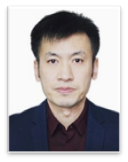
Prof. Bin Liu, Dalian University of Technology, China
刘斌教授,大连理工大学
Title: Automatic bearing surface tiny defect detection based on multi-angle illuminations
Abstract: Bearings are very common mechanical components that are widely used in all kinds of machines. Currently, bearing surface defect detection is mainly completed by naked-eye observation. This manual detection mode has low reliability and is time consuming (especially for miniature bearings). We present an automatic synthetic tiny defect (small defects that are difficult to find at vertical angles) detection system for bearing surfaces with self-developed software and hardware. Under two illumination modes in this system, thresholding segmentation, contour extraction, contour filtering, center location, region zoning and text recognition are successively implemented. Finally, four common defects (gap, stain, shrunken lid and scratch defects) are automatically detected. The experimental results show that this system has a high detection success rate and short time consumption. This method can provide technical support for real engineering applications involving bearing manufacturing and screening.
Experience: Bin Liu, Professor, PhD supervisor, Head of Digital Media Technology Department, Director and Technical Leader of Liaoning Provincial Key Laboratory of Medical Simulation Technology, High-end talent in Dalian, member of GF project evaluation expert group, CCF member of Chinese Computer Society, ACM member of American Computer Society, MICCAI member. He received his B.E. degree, M.S. degree and Ph.D. degree from Dalian University of Technology in 2000 to 2009, and he conducted a joint research as a visiting scholar at National University of Singapore in 2018-2019. His main research interests are computer vision and graphic images, medical image processing and 3D reconstruction, computer-aided preoperative planning and simulation.
